Some Drivers Still Oblivious About Automated Systems, IIHS Faults the Name Game

Many consumers continue to misunderstand the driver-assistance technologies being placed in modern vehicles, according to the latest survey released by the Insurance Institute for Highway Safety. But we don’t need the IIHS to tell us that. We’ve been documenting the avoidable accidents created whenever motorists overestimate what their high-tech cars are capable of for years now.
However, the insurance institute and numerous consumer advocacy groups have suggested that big part of the problem stems from the names manufacturers are using to describe their semi-autonomous hardware. Titles like “Autopilot” or “Driving Assistant Plus” can be confusing to somebody who didn’t bother to read the manual, especially when the associated marketing materials are often helping to steer them further in the wrong direction.
“Current levels of automation could potentially improve safety,” said IIHS President David Harkey. “However, unless drivers have a certain amount of knowledge and comprehension, these new features also have the potential to create new risks.”
No new vehicle can be considered truly self-driving. In fact, the most cutting-edge whips on the market are still sitting at SAE Level 2 — which requires a driver to be actively engaged and take over at a moment’s notice to ensure safety. But the IIHS feels that some of the monikers being thrown around by automakers are misleading their customers and wanted to see if it could prove it.
From the IIHS:
For the survey, more than 2,000 drivers were asked about five Level 2 system names currently on the market. The names were Autopilot (used by Tesla), Traffic Jam Assist (Audi and Acura), Super Cruise (Cadillac), Driving Assistant Plus (BMW) and ProPilot Assist (Nissan). Participants were told the names of the systems but not the vehicle brands associated with them and weren’t given any other information about the systems.
None of these systems reliably manage lane-keeping and speed control in all situations. All of them require drivers to remain attentive, and all but Super Cruise warn the driver if hands aren’t detected on the wheel. Super Cruise instead uses a camera to monitor the driver’s gaze and will issue a warning if the driver isn’t looking forward.
Each participant answered queries about two randomly chosen systems. Questions revolved around whether or not particular behaviors were safe while using that particular driving aid. When asked if it would be acceptable to remove one’s hands off the wheel while using the technology, 48 percent of people asked about Autopilot said they thought it would be, compared with 33 percent (or fewer) for the other suites. Autopilot also had higher proportions of people assuming it would be safe to talk on their phone, send texts, and even put on a video.
However the really horrifying numbers came from individuals who felt it was okay to take a nap. Of those surveyed, 6 people thought it would be just fine to catch up on their sleep using Telsa’s Autopilot. Rival systems averaged 3 people feeling similarly. The good news is that the advocates for sleeping behind the wheel only represented a small portion of drivers surveyed (less than 5 percent). But the fact that anyone felt that way is still disconcerting, especially when you imagine them trying it next to you on the highway or recall that a few people have already died under similar circumstances.
While added pressure has encouraged several manufacturers to try and be clearer with their customers, the IIHS fears that hasn’t been sufficient. “Tesla’s user manual says clearly that the Autopilot’s steering function is a ‘hands-on feature,’ but that message clearly hasn’t reached everybody,” Harkey said. “Manufacturers should consider what message the names of their systems send to people.”
[Images: Metamorworks/Shutterstock; IIHS]

A staunch consumer advocate tracking industry trends and regulation. Before joining TTAC, Matt spent a decade working for marketing and research firms based in NYC. Clients included several of the world’s largest automakers, global tire brands, and aftermarket part suppliers. Dissatisfied with the corporate world and resentful of having to wear suits everyday, he pivoted to writing about cars. Since then, that man has become an ardent supporter of the right-to-repair movement, been interviewed on the auto industry by national radio broadcasts, driven more rental cars than anyone ever should, participated in amateur rallying events, and received the requisite minimum training as sanctioned by the SCCA. Handy with a wrench, Matt grew up surrounded by Detroit auto workers and managed to get a pizza delivery job before he was legally eligible. He later found himself driving box trucks through Manhattan, guaranteeing future sympathy for actual truckers. He continues to conduct research pertaining to the automotive sector as an independent contractor and has since moved back to his native Michigan, closer to where the cars are born. A contrarian, Matt claims to prefer understeer — stating that front and all-wheel drive vehicles cater best to his driving style.
More by Matt Posky
Latest Car Reviews
Read moreLatest Product Reviews
Read moreRecent Comments
- Theflyersfan I think color is FINALLY starting to return to car lots. After what seems like over a lost decade of nothing but shades of gray, whites, and black, I'm seeing a lot more reds and blues creeping into luxury car lots. Except Audi and Volvo. They still have at least 6-8 shades of gray/silver. But they at least have a nice green. Honda and Acura seem to have a bunch of new colors. And all carmakers need to take a serious look at the shades of red seen at the Alfa Romeo lot and tell themselves they want that because that looks amazing.
- Bd2 Well, it's no Sonata, no does it have the panache of the Optima.
- Teddyc73 "eye-searingly"?
- Teddyc73 I applaud anyone who purchases a vibrant, distinct or less popular color. We need these people. Our road ways have turned into a dreary gloomy sea of white, black, silver and greys, most with the equally lifeless black wheels. Mr Healey is guilty of contributing to this gloom apparently. It looks like a black and white movie across the nation when grouped with our grey houses with grey interiors. Totally dull and lifeless. And what is with this awful hideous trend of dull grey with black wheels showing up everywhere? It's on everything. Just awful. Come on people! I'll keep my Ram 1500 with it's deep rich sparkling Western Brown paint as long as I can.
- Shipwright As my Avatar shows I had an '08 GT 500, Grabber Orange convertible. I now own a '12 GT 500 Kona Blue coupe.




















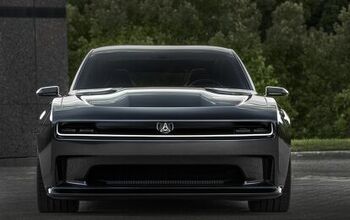
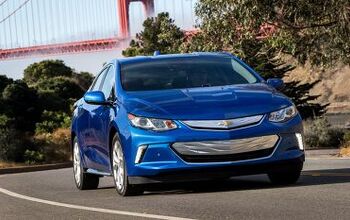
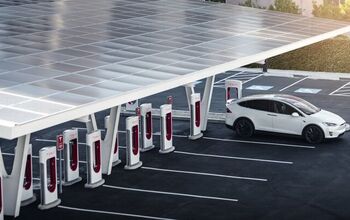
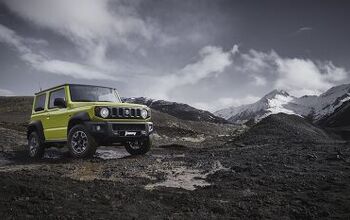
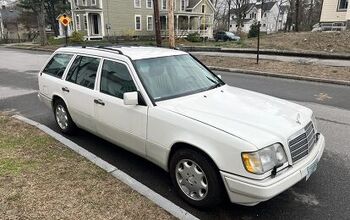
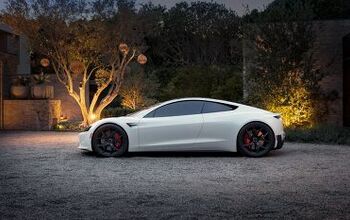
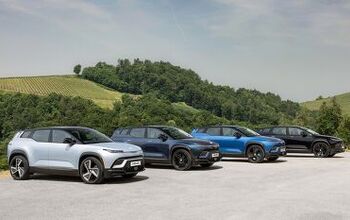


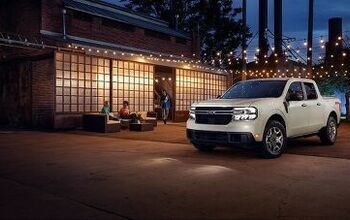
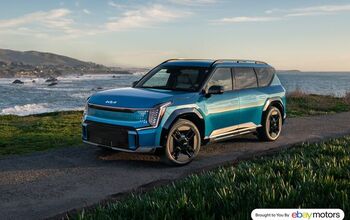
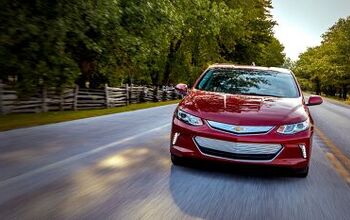
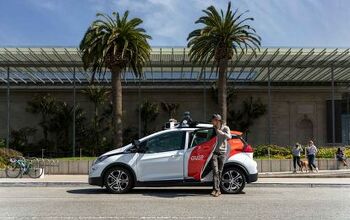
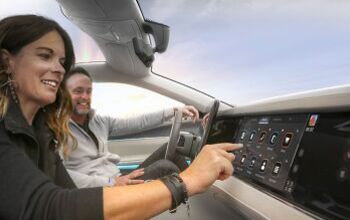

Comments
Join the conversation
We can say that people who let their cars drive themselves with this half-baked tech get what's coming to them when the tech fails, but that's not quite accurate, is it? After all, it's just a matter of time before some idiot lets his car self-drive itself into a school bus or a minivan full of kids. Maybe then we'll figure out how to regulate this properly.
Words matter and have weight. I think what many in the B&B miss is that 98% of people on the planet aren't as enthusiastic about automotive technology as the B&B. What seems so "obvious" to them is a mystery to basically - everyone. Ya, but all my friends get it. Ya, because of birds of a feather, etc. etc. etc. See I have autopilot just like a plane! Ya, and autopilot will happily fly you into a mountain, another plane, until you run out of fuel...